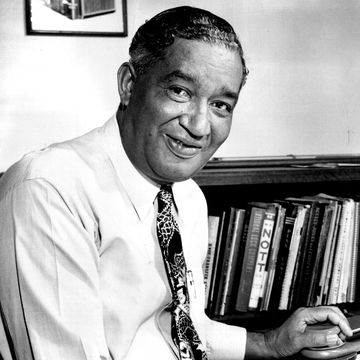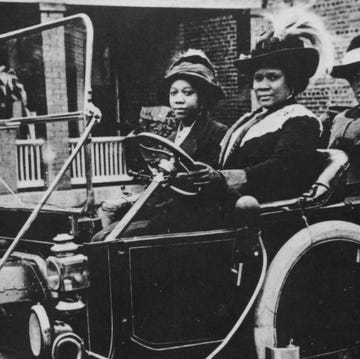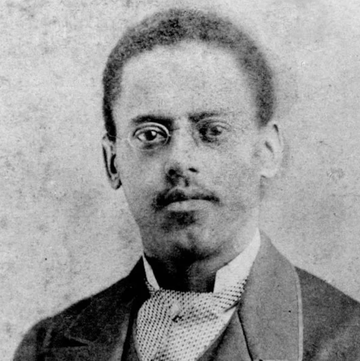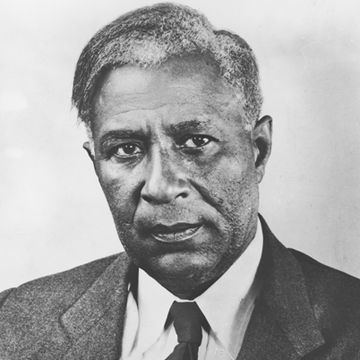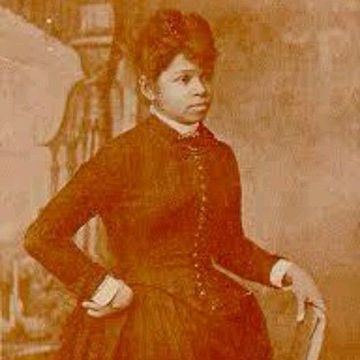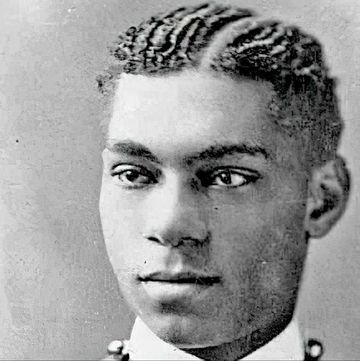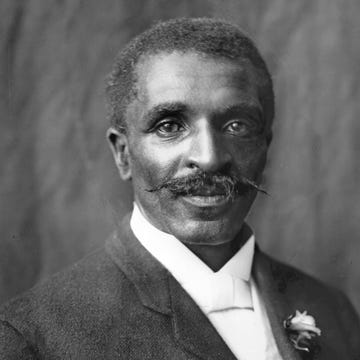1942-2019
Who Was Patricia Bath?
Patricia Bath was a groundbreaking Black doctor who invented the Laserphaco Probe, improving treatment for cataract patients. Following her childhood interest in science, she became a doctor and the first Black person train in ophthalmology at Columbia University in 1969. Bath developed innovative ways to expand eye care access to poor communities, including co-founding the American Institute for the Prevention of Blindness in 1976, which established that “eyesight is a basic human right.” A decade later, she invented the Laserphaco Probe to better treat cataracts. Bath patented the device in 1988, becoming the first African American female doctor to receive a medical patent. She died in May 2019 at age 76. In 2022, she became one of the first Black women inducted into the National Inventors Hall of Fame.
Quick Facts
FULL NAME: Patricia Era Bath
BORN: November 4, 1942
DIED: May 30, 2019
BIRTHPLACE: New York, New York
SPOUSE: Beny J. Primm
CHILDREN: Eraka
ASTROLOGICAL SIGN: Scorpio
Early Life
Patricia Era Bath was born on November 4, 1942, in New York City’s Harlem neighborhood. Her father, Rupert Bath, was the first Black motorman for the New York City subway system. Her mother, Gladys Bath, was a housewife and domestic worker who used her salary to save money for her children’s education. Patricia had one brother, also named Rupert.
Her parents encouraged Patricia to pursue academic interests. Her father, a former Merchant Marine and an occasional newspaper columnist, taught Patricia about the wonders of travel and the value of exploring new cultures. Her mother piqued the young girl’s interest in science by buying her a chemistry set.
As a result, Patricia worked hard on her intellectual pursuits and, at age 16, became one of only a few students to attend a cancer research workshop sponsored by the National Science Foundation. The program head, Dr. Robert Bernard, was so impressed with Bath’s discoveries during the project that he incorporated her findings in a scientific paper he presented at a conference. The publicity surrounding her discoveries earned Bath the Mademoiselle magazine’s Merit Award in 1960.
Education
After graduating from high school in only two years, Bath headed to Hunter College, where she earned a bachelor’s degree in 1964. She then attended Howard University to pursue a medical degree. Bath graduated with honors from Howard in 1968 and accepted an internship at Harlem Hospital shortly afterward.
The following year, she began a fellowship in ophthalmology at Columbia University as the first Black person at the school to train in the field. Through her studies there, she discovered that Black Americans were twice as likely to suffer from blindness than other patients to which she attended, and eight times more likely to develop glaucoma. Her research led to her development of a community ophthalmology system, which increased the amount of eye care given to people who were unable to afford treatment. Bath completed her residency in ophthalmology at New York University in 1973.
Pioneer in Ophthalmology
Bath moved to California in 1974 to work as an assistant professor of surgery at both Charles R. Drew University and the University of California, Los Angeles. In 1975, she became the first woman to join the faculty at the Department of Ophthalmology at UCLA’s Jules Stein Eye Institute.
In 1976, Bath co-founded the American Institute for the Prevention of Blindness, which established that “eyesight is a basic human right.” By 1983, Bath had helped create the Ophthalmology Residency Training program at UCLA-Drew, which she also chaired—becoming, in addition to her other firsts, the first woman in the nation to hold such a position.
Inventions: Laserphaco Probe and Other Patents
In 1981, Bath began working on her most well-known invention: the Laserphaco Probe. Harnessing laser technology, the device, completed in 1986, created a less painful and more precise treatment of cataracts. She received a patent for the Laserphaco Probe in 1988, becoming the first African American female doctor to receive a patent for a medical purpose. She also secured patents in Japan, Canada, and Europe.
With her Laserphaco Probe, Bath was able to help restore the sight of individuals who had been blind for more than 30 years. The device is used worldwide and has improved the vision of millions of people.
In total, Bath held five U.S. patents, three of which were related to the Laserphaco Probe. In July 2000, she was granted a patent for a method of fragmenting and removing cataracts using pulsed ultrasonic energy. Three years later in April 2003, her similar patent for combining ultrasound and laser technology to removed cataracts was also approved.
Later Career
In 1993, Bath retired from her position at the UCLA Medical Center and became an honorary member of its medical staff. That same year, she was named a “Howard University Pioneer in Academic Medicine.” Among her many roles in the medical field, Bath was a strong advocate of telemedicine, particularly to provide medical services in remote areas.
Family
Bath had one daughter, Eraka, in 1972 with Beny J. Primm, a doctor who founded some of New York City’s first methadone clinics to treat heroin addicts. He was also an advocate for changing public health policy toward intravenous drug users.
Bath and Primm did marry, according to Blackpast, but dates and details of their relationship were kept private. Primm died in October 2015.
Eraka became a doctor herself, earning a bachelor’s degree from the University of California, Berkeley and graduating from the Howard University College of Medicine. She serves as an associate professor in child and adolescent psychiatry at UCLA.
Death and Honors
Bath died on May 30, 2019, in San Francisco, from complications from cancer. She was 76. A memorial service for Bath was held on June 14 in Los Angeles.
Bath’s contributions have been recognized in a number of ways. In 2001, the American Medical Women’s Association welcomed her to its International Women in Medicine Hall of Fame. In May 2018, Bath’s alma mater Hunter College announced she would be inducted into the school’s Hall of Fame. Likewise, Howard University presented Bath with a lifetime achievement award.
Bath was posthumously inducted into the National Inventors Hall of Fame in 2022. She and fellow inductee Marian Croak, an engineer, were the first Black women to be recognized in this manner. Eraka called the induction “an unbelievable honor” and “an overdue recognition” of her mother’s accomplishments.
In March 2024, the groundbreaking physician and inventor will join the ranks of the National Women’s Hall of Fame. Other 2024 inductees include civil rights icon Ruby Bridges and retired professional tennis player Serena Williams.
Fact Check: We strive for accuracy and fairness. If you see something that doesn’t look right, contact us!
The Biography.com staff is a team of people-obsessed and news-hungry editors with decades of collective experience. We have worked as daily newspaper reporters, major national magazine editors, and as editors-in-chief of regional media publications. Among our ranks are book authors and award-winning journalists. Our staff also works with freelance writers, researchers, and other contributors to produce the smart, compelling profiles and articles you see on our site. To meet the team, visit our About Us page: https://www.biography.com/about/a43602329/about-us
Tyler Piccotti first joined the Biography.com staff as an Associate News Editor in February 2023, and before that worked almost eight years as a newspaper reporter and copy editor. He is a graduate of Syracuse University. When he's not writing and researching his next story, you can find him at the nearest amusement park, catching the latest movie, or cheering on his favorite sports teams.


